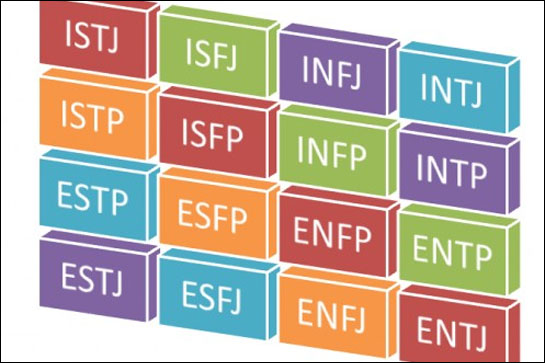31 Aug

Stay Connected – 








The Myers-Briggs ® assessment is a personality questionnaire that has its roots in World War II, when it was first drafted in order to place women into jobs that they would be well-suited for in the industrial fields. Today, it is a common assessment that places people into one of 16 different categories, and it is often seen in places where people are invested in learning about their compatibility for different jobs. However, you may be surprised to find that the Myers-Briggs® assessment can help your life progress in a multitude of ways.
 Another part of the Myers-Briggs® assessment, sensing versus intuition, allows you to learn more about how you experience
Another part of the Myers-Briggs® assessment, sensing versus intuition, allows you to learn more about how you experience
Judging versus perceiving deals with the way you appear to the outside world, and the way you deal with situations externally. A judging person (not to be confused with judgmental) prefers order when performing daily tasks, such as making lists and utilizing a planner. Perceiving people, however, appear to adapt to changes instead of planning ahead. They may appear more laid back and spontaneous. A person labeled as judging is more interested in order, while a perceiving person finds this limiting. the world. Someone with sensing tendencies pays more attention to physical reality. They tend to remember details as “snapshots,” recalling exact instances. They are also visual learners in the sense that they prefer to see the way something is done, as opposed to hearing directions. On the other hand, those who lean towards the intuition side, focus more on the impression a situation gave them. Intuitive people tend to remember events based on the mental and emotional notes taken at the time of the event. Intuitive people may not be able to tell you what color shirt someone was wearing, but they’ll be able to tell you the impression someone gave them.
Thinking versus feeling is about discovering the way you make decisions. Do you approach situations logically, contemplating only the facts, or do you weight more heavily on the points-of-view of the persons involved? Regardless, one fact must be understood: thinking does not mean intelligence and feeling does not mean emotion. It is simply a way you process information.
At the end of the day, the Myers-Briggs® assessment has a great deal to offer when relating to others. Have you ever wondered why you can’t make some people understand what you are trying to say, yet others understand you completely? Have you ever met someone who seemed perfect for you, only to find that you could not get along at all? Not only does this assessment allow you to see how you interact with the world, it forces you to remember that there are other ways to see the world and approach situations.
The more you know about yourself, the better you’ll understand how to interact with others to get the most out of communicating and facilitating healthy relationships.







